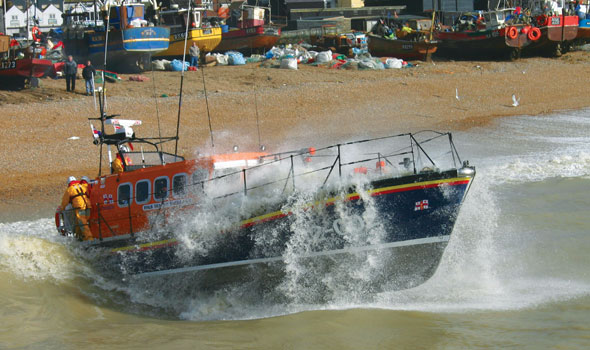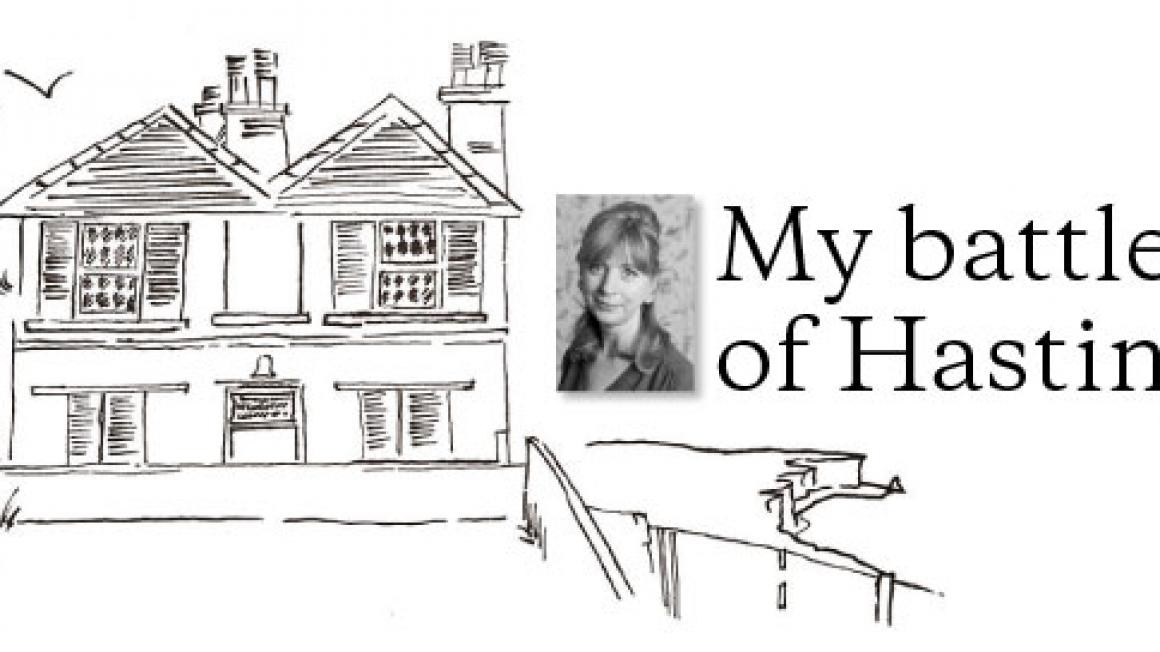Heroes
Despite the risk of execution for helping the enemy, Eroni and his friend, Biuku Gasa, fed the men with paltry rations and then agreed to row their dugout canoe 35 miles down the coast through dangerous waters to deliver an SOS message hidden in a coconut to an Allied Australian coastwatcher. No Eroni, almost certainly no President Kennedy.

Last year, 167 people died in the waters off the UK coastline; that’s more than those who were killed in cycling accidents. Or more than three a week if you prefer your numbers more acutely put. None of them were potential US presidents as far as I know, but all of them were someone’s loved one.
There has been a formal lifeboat station at Hastings since 1858 after an entire crew was lost off shore – although those who work the sea have been taking unpaid risks for centuries. Nationwide, the RNLI has saved more than 140,000 people since 1824.

I can see the launches out of my local lifeboat station from the warmth of my sitting room. Built in 1995, this majestic, vivid blue building houses the ‘Sealink Endeavour’, an inshore and all-weather 12-metre craft that cost £498,625 to build; money raised mostly by a passenger promotional campaign led by Sealink Ferries Ltd (hence the name).
Without fear, and for free, like their 4,600 counterparts up and down the country, the RNLI crew are on 24-hour call. Ready at any moment to leap out of their beds (the inky nights are the worst), pull on steel-plated wellies, inflatable knee pads and life jackets capable of supporting four people, and plunge themselves into the freezing-cold waters before breakfast. Risking your life for someone else isn’t for everyone. Nor is it merely voluntary; it’s priceless.
Next week: Mouse price



